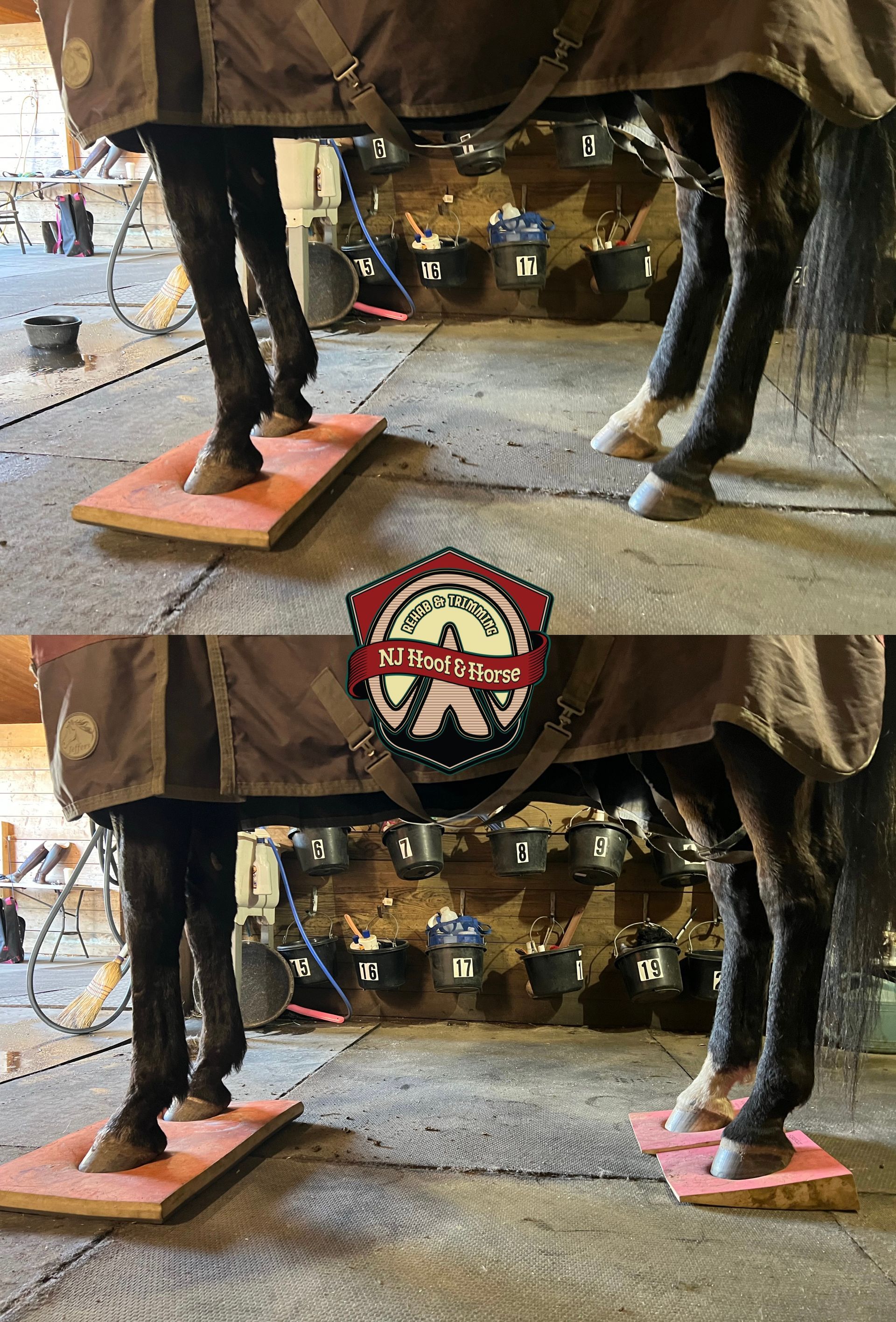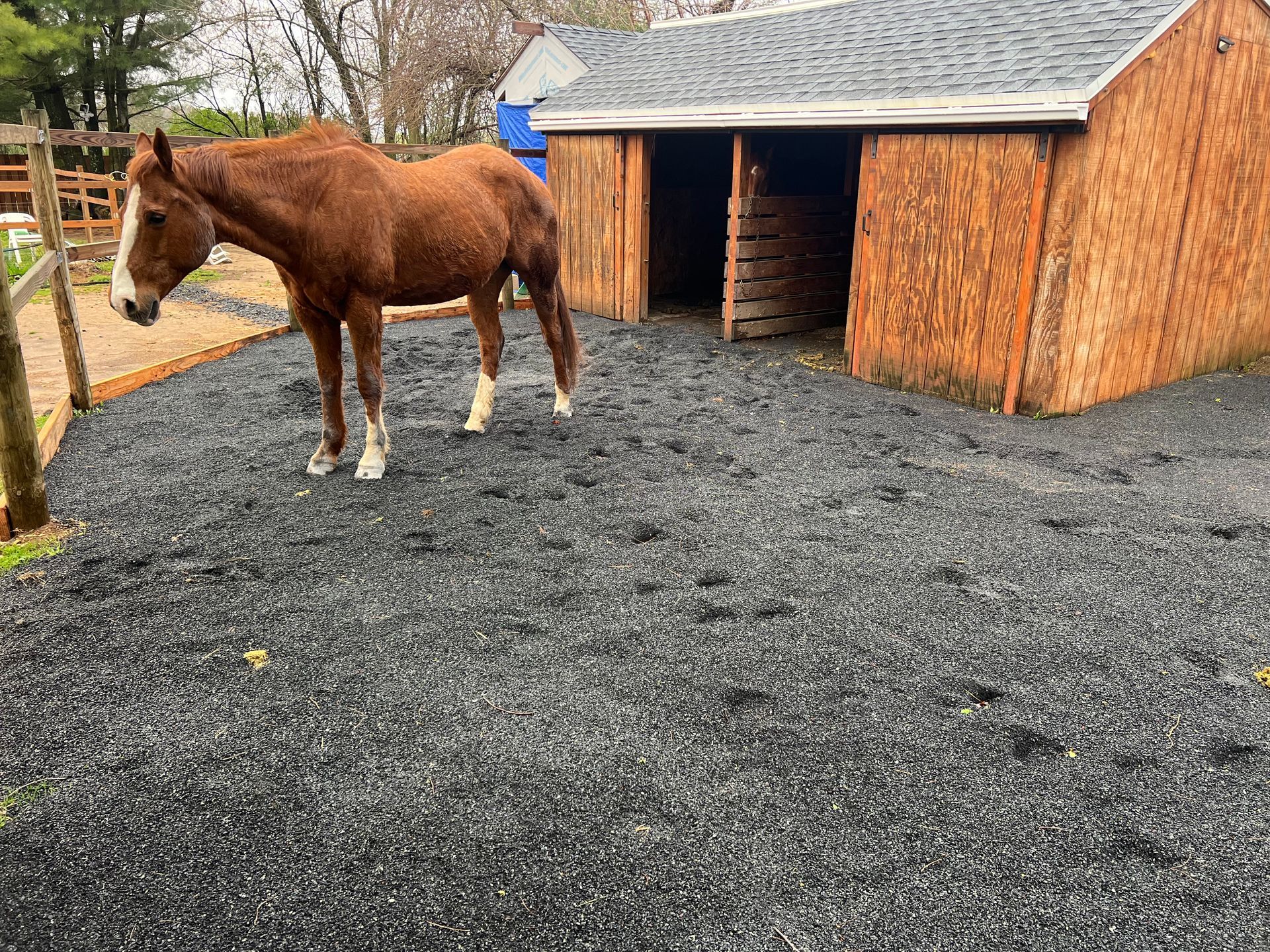Killing with kindness
One Minute Discussions #17
Discussing Natural Hoof & Horse Care
KILLING WITH KINDNESS
What’s worse, a skinny, starved and neglected horse locked up in a stall or a fat, ”thick-boned” horse that’s on molasses and grass pasture 24/7?
Truth is, it’s the same scenario! In all these cases the horse is suffering from human incapability/unwillingness to understand the importance of PROPER weight the horse should have based on its activities, health & lifestyle.
An obese (chubby or as people call them thick-boned) horse is NOT a sign of health! It’s a sign of health problems, such as metabolic syndrome, insulin resistance, Cushings.
By overfeeding the obese horse to ”maintain good weight”, people are killing their own pets with kindness!
We all know the signs of a skinny horse, but are you aware of the signs of an obese horse?
Denys A.

